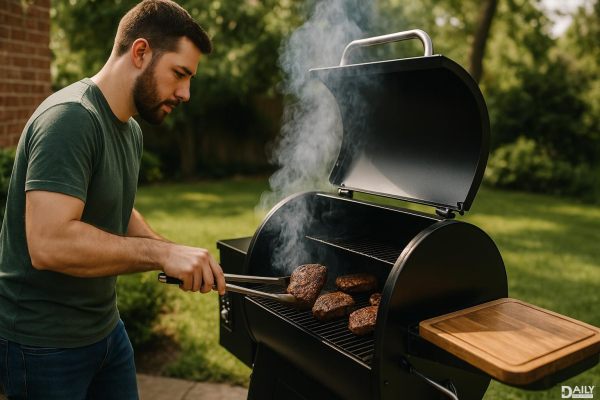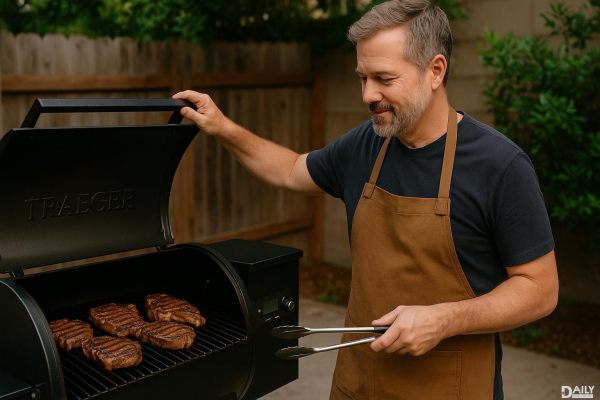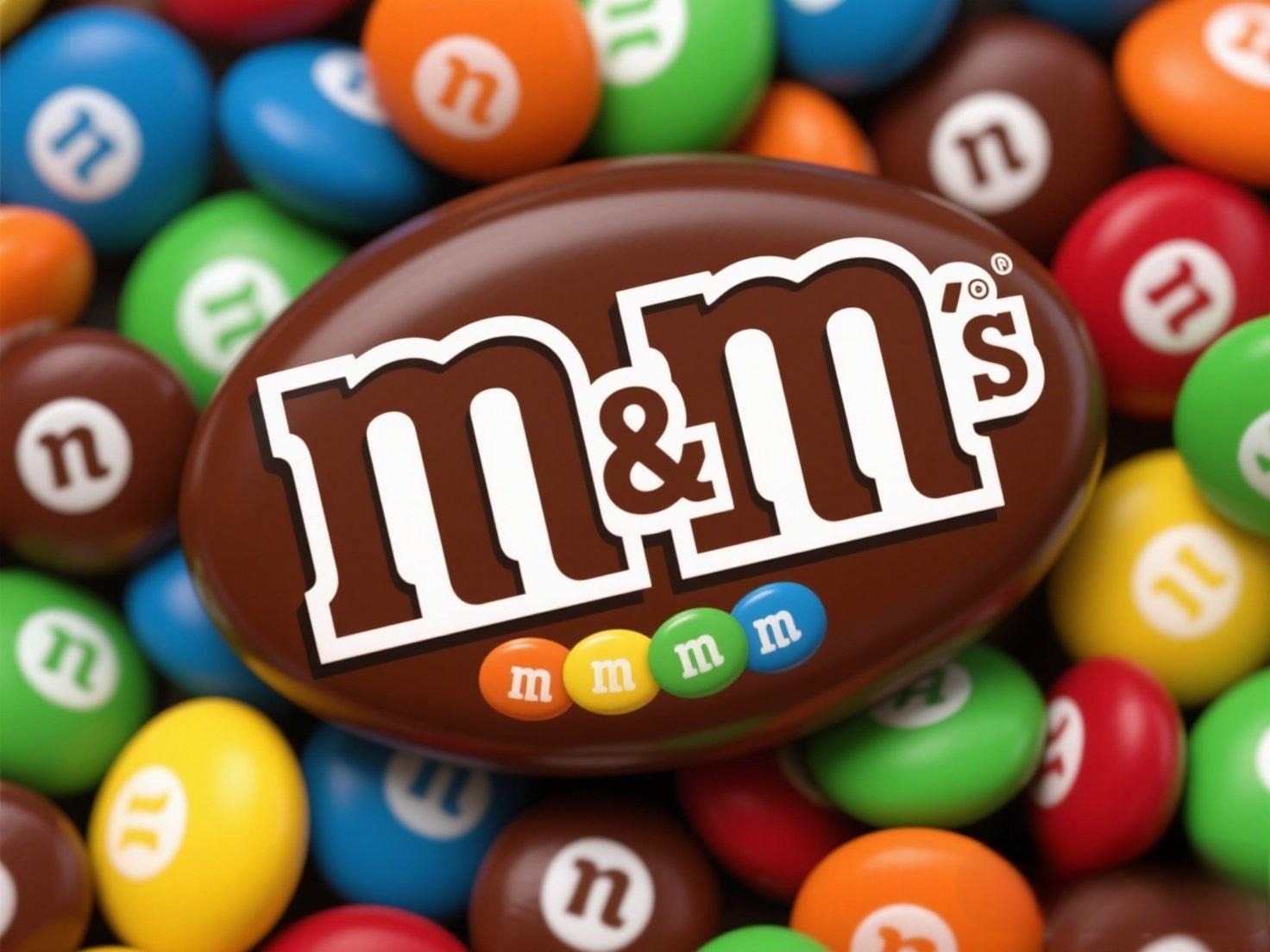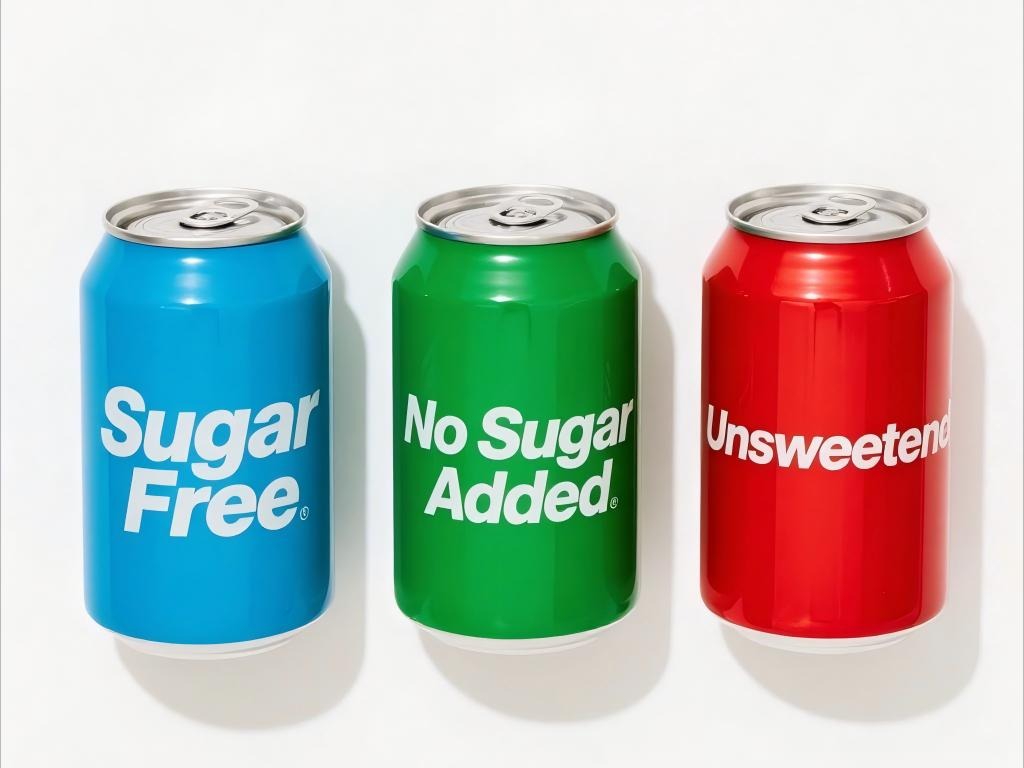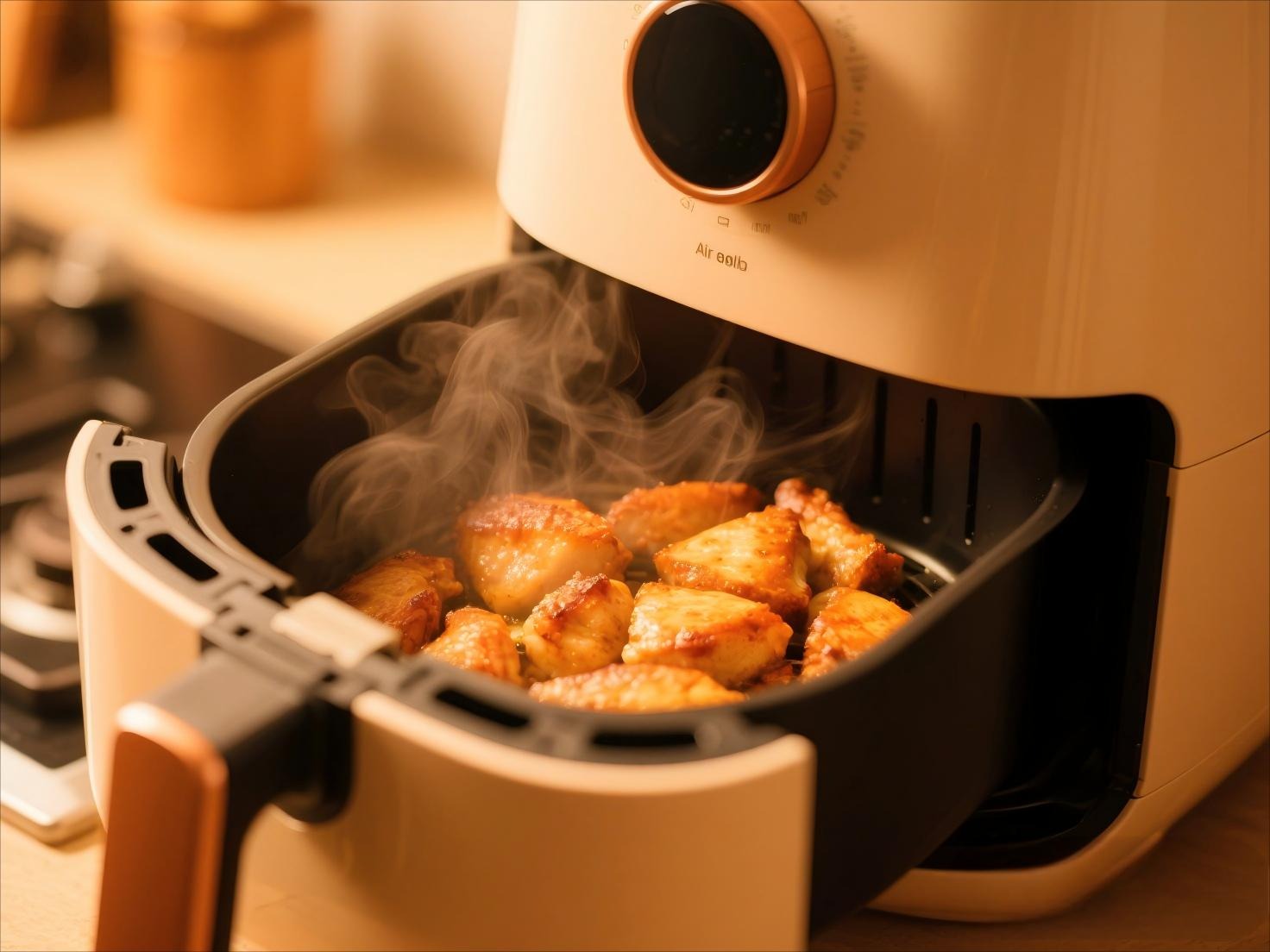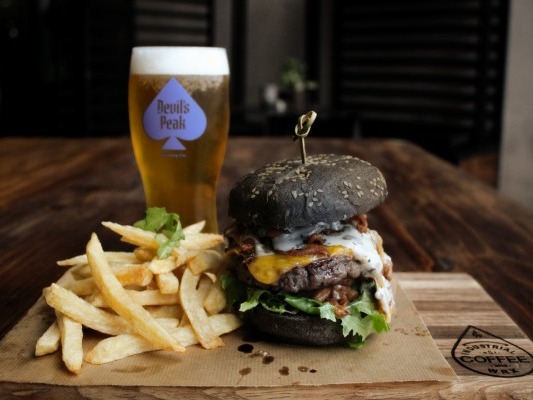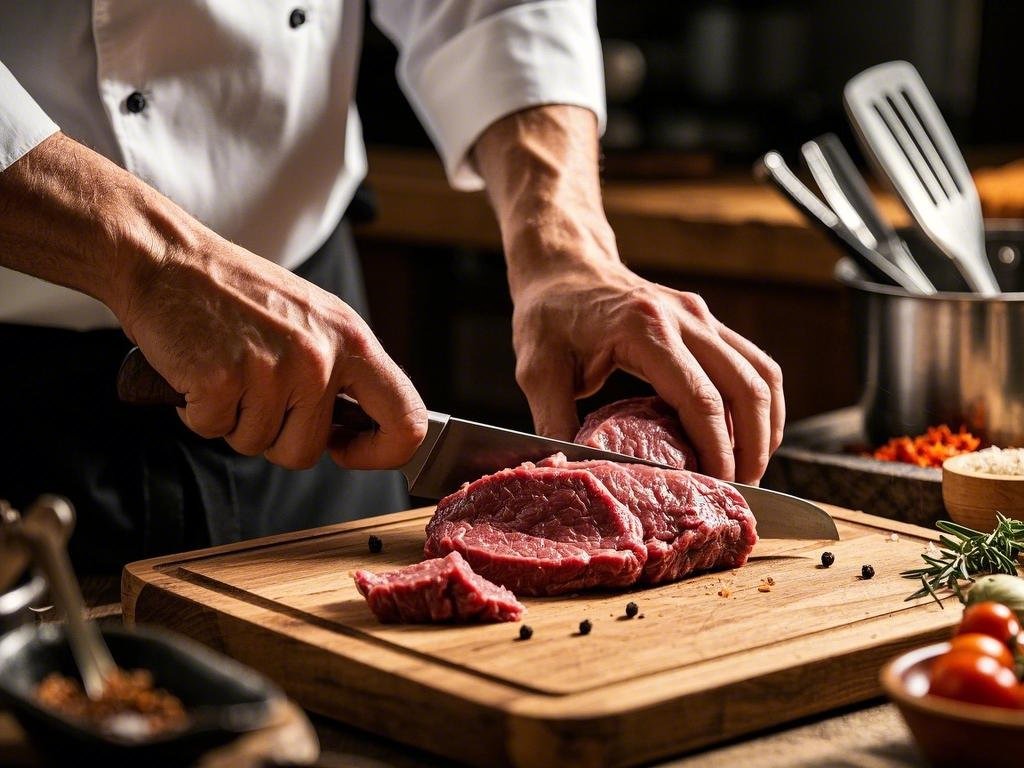If you're wondering just how hot a Traeger grill can get, the answer is a sizzling 500°F—plenty of heat to sear, smoke, and char your way to BBQ perfection. But temperature isn't just about cranking the dial to max; it's about understanding how that heat behaves with different cuts, wood pellets, and cooking techniques. Whether you're chasing crispy chicken skin, bark-heavy brisket, or just trying not to torch your burgers, mastering your Traeger's temperature range is the secret sauce to consistent results.
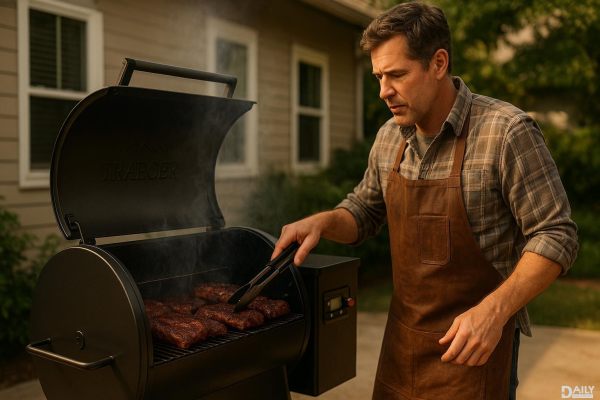
Traeger grills use indirect convection heat powered by hardwood pellets, which means they don’t blast food with direct flames like traditional grills. Instead, a fan circulates hot air for even cooking—think of it like a smoky convection oven. The max temp of 500°F is ideal for searing (though purists might argue it’s not quite as intense as charcoal), while the low-and-slow sweet spot (180°–250°F) is where wood smoke works its magic on ribs and pork shoulders. Pro tip: Traeger’s "Super Smoke" mode amps up flavor below 225°F by increasing pellet smolder time.
Max temp isn’t an "always-on" setting. Use it for: But avoid 500°F for:
Pitmaster-Approved Temp Guide for Every Protein
Brisket (195°–205°F internal): Cook at 225°F grill temp for 12+ hours. Wrap in butcher paper mid-cook to power through the "stall." Pork ribs (203°F internal): 3-2-1 method (3 hours smoked, 2 hours wrapped, 1 hour glazed) at 225°F. Chicken wings (165°F internal): Start at 180°F for smokiness, then ramp to 350°F to crisp. Burgers (160°F internal): Sear at 450°F for 4 minutes per side—no pressing! (Juice = flavor.)
If your Traeger’s struggling to reach 500°F, check: 1、Pellet quality: Moist or resin-heavy pellets clog the auger. Store bags in a sealed container. 2、Grease buildup: A dirty firepot chokes airflow. Scrape it monthly. 3、Ambient weather: Cold/windy days drop temps. Use a thermal blanket or position the grill against a windbreak. 4、Firmware updates: Older models might need a software bump for optimal performance.
At the end of the day, Traeger’s max temp is less about brute force and more about precision. It’s the difference between a good cookout and a legendary one—where heat, smoke, and timing collide. So next time you fire it up, remember: 500°F is your turbo button, but the real artistry happens in the patience of low smoke and the punch of a well-timed sear.
